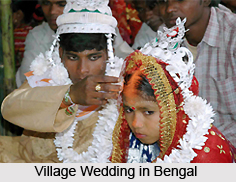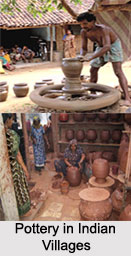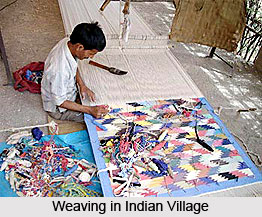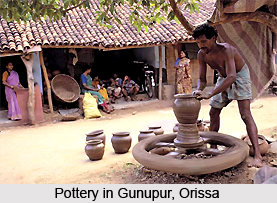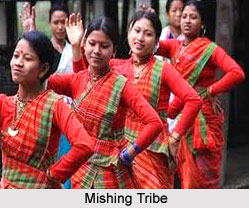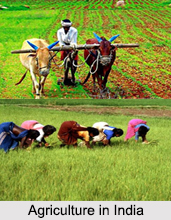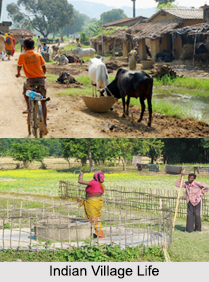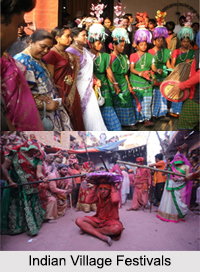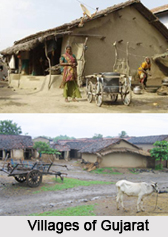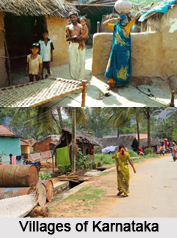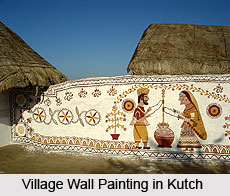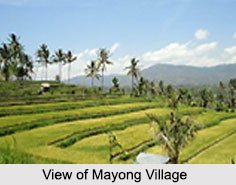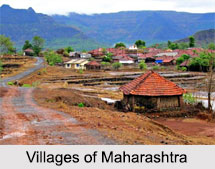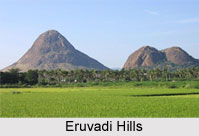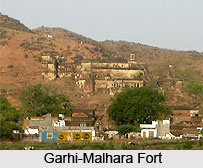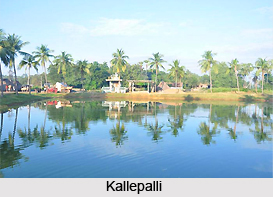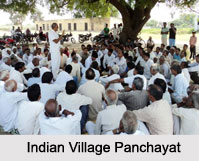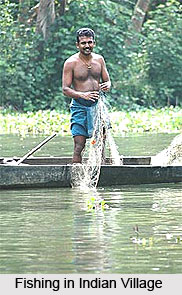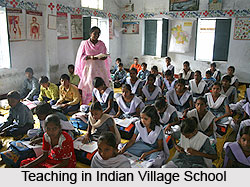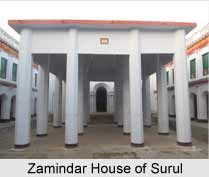 Surul is an administrative hamlet in Bolpur subdivision of Birbhum district in the Indian state of West Bengal. It is at the crossing of the highway from Ilambazar to Bolpur and the road to Shantiniketan-Sriniketan. The market at the crossing is Surul Bazaar.
Surul is an administrative hamlet in Bolpur subdivision of Birbhum district in the Indian state of West Bengal. It is at the crossing of the highway from Ilambazar to Bolpur and the road to Shantiniketan-Sriniketan. The market at the crossing is Surul Bazaar.
Location of Surul
Surul is a village of zamindars, located in the Birbhum district of West Bengal. Surul is about 3 km from Shantiniketan and this village is very near to Sriniketan. It is 3 kilometres from Shantiniketan.
History of Surul
Surul is a village adjacent to Visva-Bharati University, Shantiniketan-Sriniketan, founded by Rabindranath Tagore. A major part of the Visva-Bharati University stands within Surul mouja. There is palatial house of the Bengali zamindar family of Birbhum District.
Population of Surul
Surul consists of a large population of Bagdis, Bauris, Haris and Doms, as well as weavers. The Sarkars who were zamindars of the village brought in Brahmins and other upper castes. The Sarkar family had contributed a vital role towards development of the overall area and establishment of Visva-Bharati University.
Economy of Surul
The village of Surul was economically sound during the rule of British East India Company and the British Government of India, being the centre of business and was the site of a commercial residency under John Cheap. After British East India Company gave up its mercantile dealings in 1835, the residency was allowed to fall into decay.
Tourism of Surul
The temples at Surul are well-protected and terracotta carvings are distinct. The older temples were built in 1830, within a few years of John Cheap"s death. Most of the temples are dedicated to Lord Shiva or Mahadeva, one to Manasa and one pancharatna temple to Lakshmi-Janardan. Most of the carvings are traditional depictions such as the Ramayana war but the depictions of Europeans need special mention. During the late 1940s Indian artist Mukul Dey extensively photo-documented the terracotta temples of Surul, which were subsequently published in an album titled Birbhum Terracottas, Lalit Kala Akademi at New Delhi. From that time, Surul was mapped in Bengal tourism. Photographers come to Surul to take the clicks inside the temples and the zamindar house in Surul.
